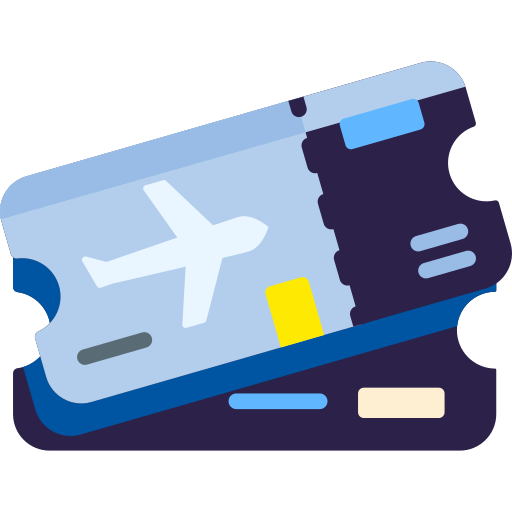Companies across all industries in the present data-driven world rely on artificial intelligence (AI) as well as machine learning (ML) to gain crucial insights from massive amounts of data. Image annotation, a fundamental technique in computer vision is a key element in making sense of visual data. In this piece, we dive into the realm of annotation and explore the significance of tools for image annotation including software and other solutions to unleash the full potential of data-driven decision-making.

Image annotation is the process of labeling or tagging images with metadata, which allows computers to interpret and comprehend visual data accurately. Image annotation lets models to detect patterns, objects and attributes in images by introducing annotations like bounding boxes and polygons. This technique bridges the gap between raw images and actionable information, opening the door to various applications, such as autonomous vehicles, medical imagery, ecommerce, and surveillance.
To speed up the annotation process, a vast assortment of annotation tools have been designed. These tools have intuitive interfaces that allow annotations to make notes on objects or areas of interest within images with no any difficulty. They offer a variety of annotation options and customizable options to meet diverse requirements for data. Image annotation tools offer an array of tools including basic drawing tools to automatic suggestions and advanced recognition of shapes. They improve the accuracy and efficiency of the annotation process and let annotators effectively and efficiently.
Image annotation takes the annotation process to the next level by incorporating automation and collaboration features. These software applications use ML algorithms to automate the process to reduce manual labor while increasing annotation speed. Annotation software can improve the speed of labeling by employing techniques such as active learning as well as transfer learning.
Annotation software can also facilitate collaboration between several annotators. This lets teams work seamlessly together. It also provides real-time annotation synchronization and commenting functionality, which ensures smooth communication. This collaborative approach not only enhances the quality of annotations but additionally encourages knowledge sharing and ensures consistency across annotations.
When selecting an image annotation program, there are many aspects to think about. The solution should be able to satisfy the requirements of your project. This includes the kind of annotations needed (e.g. bounding boxes keys, polygons, keypoints) in addition to the difficulty and scalability.
In addition, flexibility in the solution is vital. A reliable solution for annotation must permit the customization of workflows for annotation in addition to integration with existing systems and compatibility with a variety of data formats. This allows the annotation software will seamlessly integrate with workflows and pipelines that are already in place, enhancing overall productivity.
The quality of annotations created by the software is also something that should be evaluated. The most reliable image annotation software uses quality control methods to ensure accurate and consistent labeling. These mechanisms can include annotation validation, feedback loops and feedback loops that are continuous between annotators.
The significance of image annotation goes beyond the process of annotation itself. Organizations can increase the value of data using the tools and solutions for annotating images as well as software. The most important thing is that precise annotations facilitate the development and training of ML models with greater precision and resiliency. These models can then be used across a range of applications such as image classification, object recognition, and anomaly detecting.
Annotation of images can be used to assist in making data-driven choices through providing rich and meaningful knowledge. For example, in the field of healthcare, annotated medical images aid in diagnosing illnesses, identifying abnormalities, and planning treatments. In e-commerce environments, annotations of images assist in recommending products and image search functions, and visual merchandising techniques.
Annotation of images in conjunction with data science has transformed our way of working. It’s an effective instrument that unlocks an abundance of information. It aids in the speed of data analysis, uncover connections that are not obvious, and generate real-time insight. Companies can gain competitive edge by speeding up the process of analysis using images. They’ll also be able to cut costs and increase efficiency. Images are an excellent way to communicate concepts, and they’re easier to comprehend as opposed to abstract figures. Correctly annotated photos also allow data to be more easily accessible to all parties. Image annotation is powerful tools to convert data into actionable insights and enhance its value any kind of application.
